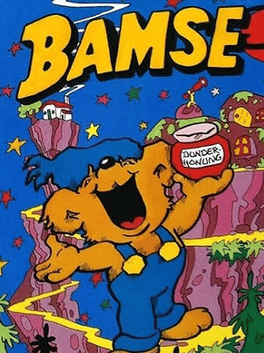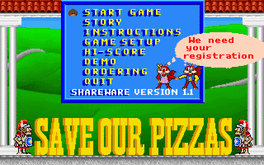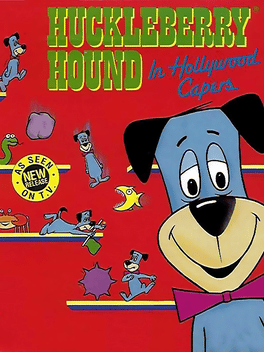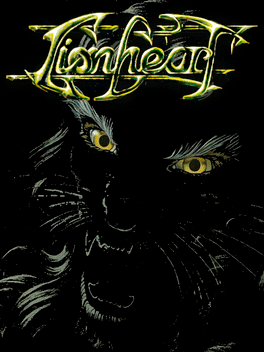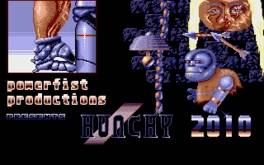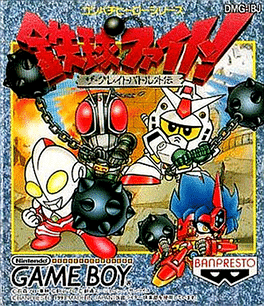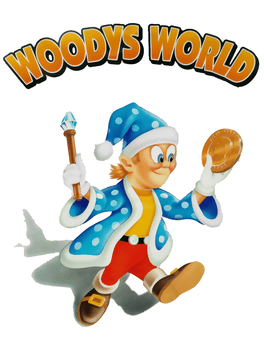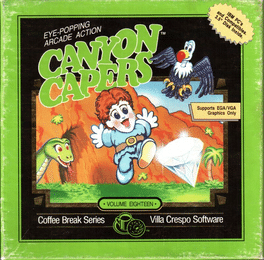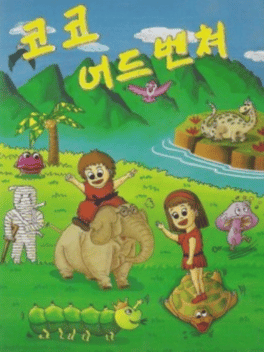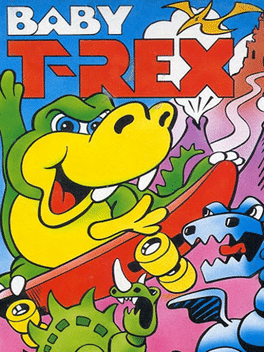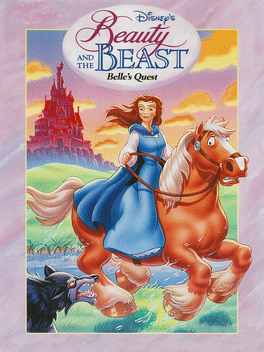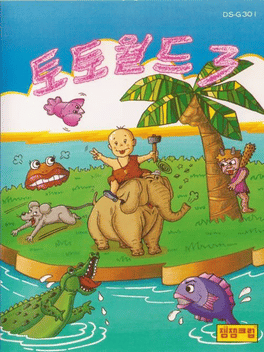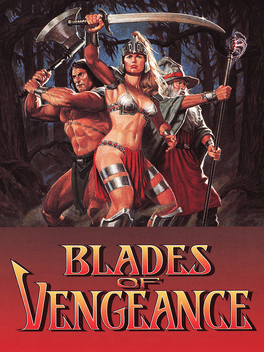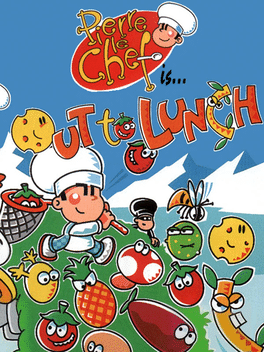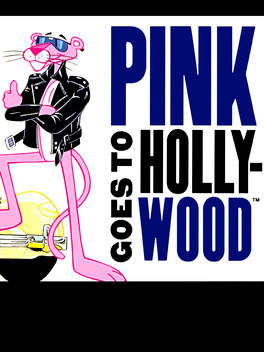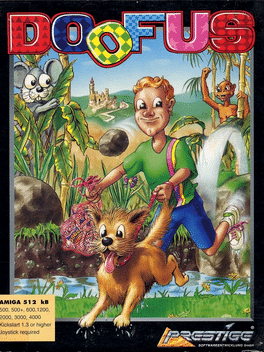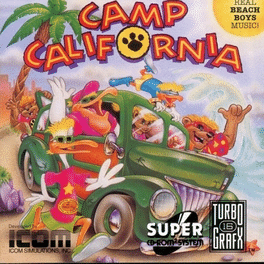New Platform Games - Page 216
-
Bamse
1993
Bamse
1993
Bamse, the strongest bear in the world, is a popular Swedish cartoon figure created by Rune Andréasson in 1962. This is his first appearance in a video game. The game was exclusively created for the Swedish market. Bamse is not an original game. Instead it is a re-skinned version of Baby T-Rex by the same developer. This explains why the settings of the game appears out of context with very little to do with the original cartoon. It also suffers from translation errors and contain left overs from the original game which do not fit in. It is a very traditional platform game where you run and jump to get to the end of the stage. There are a total of 4 "worlds", each with 3 stages and a final boss stage. The gameplay is fast paced, with slides and skateboards for added speed. You can find small jars of "Dunderhonung" and bowling balls to throw at the enemies. There are also power-ups to replenish health and obtain extra lives. -
The Incredible Hulk
1993
The Incredible Hulk
1993
star 5.8In this side-scrolling action game, you fight against your arch-enemy The Leader and his forces (Rhino, Absorbing Man, Abomination and Tyrannus). Take control of the Hulk/Dr. Banner through five levels of action: City and Construction Site, Tyrannus' Labyrinth, Leader's Fortress, Leader's Interior, and the Final Confrontation. -
Lionheart
1993
Lionheart
1993
Lionheart is a platform game for the Amiga developed and self-published by German video game developer Thalion Software in 1993. Using a fantasy motif, the game takes place in the land of the Cat People, a race of feline humanoids, who are threatened by the evil Norka. The player assumes control of Valdyn, an outlaw swordsman who is also known as "Lionheart". Players have to fight their way through 14 levels filled with monsters and environmental hazards. Most of the gameplay is melee combat and precision platforming. -
Hunchy 2010
1993
-
Woody's World
1993
Woody's World
1993
Woody's World is a side scrolling platform game for the Amiga, developed by Vision. -
Dino Jnr. in Canyon Capers
1993
A platformer that was only released in North America by Villa Crespo Software in which Dino Jnr. needs to complete 5 stages in each of the 4 worlds. -
Koko Adventure
1993
Koko Adventure
1993
Koko Adventure is a Famicom platform game developed by Open Corp. in 1993. It is one of the few games for the Famicom that was developed in South Korea. This game was better well-known as its unreleased, American version known as Buzz & Waldog. -
Baby T-Rex
1993
Baby T-Rex
1993
It's REX To The Rescue! You were once just a typical Tyrannosaurus-10 tons of terror with lots of teeth and really bad breath. Now, thanks to Captain NewEye' Brain Grain formula, you're the intelligent giant reptile called Rex - and you're hopping mad! Evil Professor ScrewEyes has "dino-napped" your prehistoric pals, Woog, Dweeb and Elsa, and is holding them prisoner in his castle. Only you have the brains and brawn to set them free! Follow a mystical map that will take you from the outskirts of the Jurassic Jungle through the Cretaceous Caves to well within the castle walls. Then it's on to the Dungeon and, if you avoid extinction, up into the Tower. 16 levels of "brain-draining" obstacles, traps and other dangers await you-not to mention power-boosting inventions, carefully hidden bonuses and secret worlds of adventure. So step on it big guy-or your friends could end up as colossal fossils! -
The Flash
1993
The Flash
1993
star 5.3The Flash is an action video game based on the DC Comics superhero of the same name. It was developed and manufactured by Sega and Probe Entertainment for the Sega Master System in 1993. The game's release followed approximately two years after the cancellation of The Flash TV series on CBS. -
Disney's Beauty and the Beast: Belle's Quest
1993
star 4.2Play as Belle from Disney's "Beauty and the Beast" and (loosely) follow the animated film's story. Jump and duck to ward off hindrances, which can come in forms of birds, rats, bats, etc. Also have the 'beauty' interact with her supporting characters as you lead her from her start as a village girl, to the final dance with her prince in the ball room. -
Cave Dude
1993
Cave Dude
1993
Originally released as Toto World 3, Cave Dude is a 2D Platformer game, developed by Open Corp and published by Daou, which was released in Korea in 1993. -
Blades of Vengeance
1993
Blades of Vengeance
1993
star 7Blades of Vengeance is a platform game that was developed by Beam Software and published by Electronic Arts for the Sega Mega Drive/Genesis. In this game, one or two players can select one of three fantasy warriors to fight through a large range of platform levels in order to defeat the forces of darkness. -
Pierre le Chef is... Out to Lunch
1993
Pierre Le Chef is famed worldwide for his mouth-watering recipes involving the freshest ingredients. So, when the vegetables start attempting to run away from him, he has no choice but to chase after them. Out To Lunch is a platform game set across 6 countries, starting off in Switzerland and finishing in Paris. To recollect the vegetables he must first stun them, either by firing at them or jumping on them, then walk over them, in a manner similar to Fire & Ice. Unusually, the game was converted from the SNES to the Amiga, not the other way around. -
Pink Goes to Hollywood
1993
Compared to the Genesis/Mega Drive version, this version has different level designs among other differences. -
Doofus
1993
Doofus
1993
Doofus is like a reverse Sleepwalker - you play a simpleton (hence the title) and must get through a series of platform levels ensuring that neither you nor your pet dog get hurt. The game unusually scrolls from right to left, with the dog simply following you. The platforms are often on different levels, providing multiple routes through the game. Most hazards in the game can be shot, but others can be avoided by jumping. A number of bonus weapons and other enhancements are on offer. -
Camp California
1993
Camp California
1993
Byron the surfing bear must rescue his lil' bro and their three friends and stop a crew of rats from destroying their beach and preventing a big rock n' roll concert. Featuring music from the Beach Boys, this radical adventure is cleans up the streets and hits the beach!
